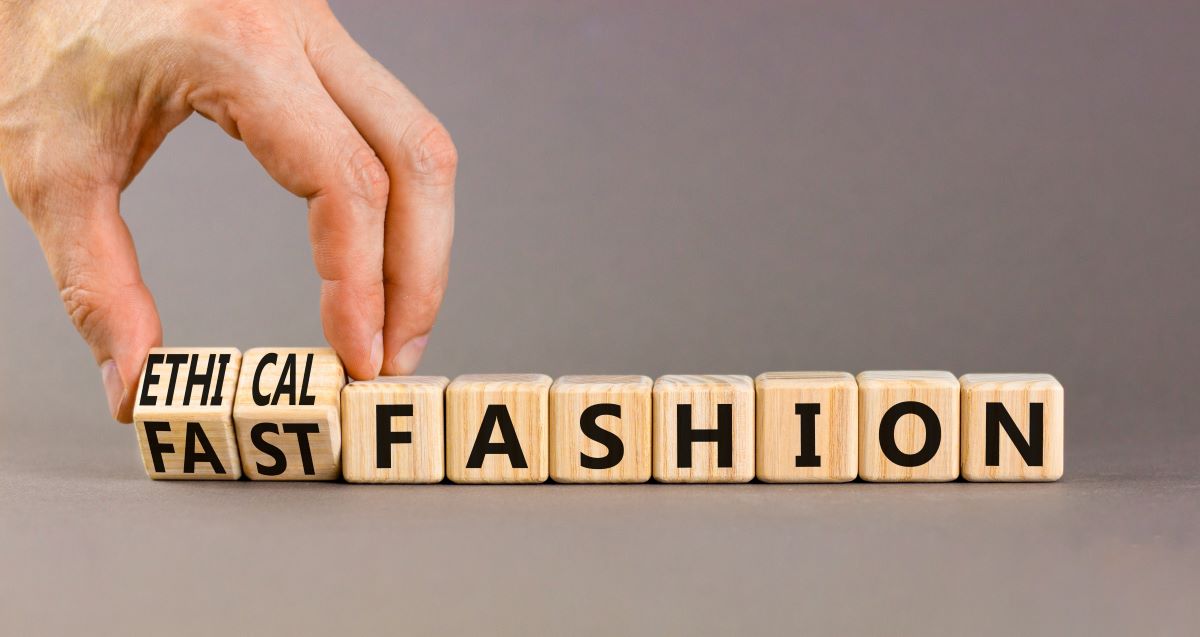Designers are increasingly looking at creative reuse that helps the environment.
Designers and fashion brands are increasingly using waste materials to create new products in the name of sustainability. It’s called upcycling – not just recycling, but the creative reuse of unused or unwanted products to give them a new lease of life. What is more, these new creations are said to have great environmental and artistic value.
The first time upcycling made its mark with a trendy item was in 1963, when Heineken, seeing the amount of beer bottles lying around, launched the Wobo campaign, reusing them to make glass building blocks. Wobo was the first beer bottle designed to have a double life: first as a beer bottle and then as a building block. The idea, conceived by Heineken founder Alfred Heineken with architect John Habraken, was not successful. But since then, the journey towards sustainability has made great strides. Today, upcycling is used by many fashion and design creators.
In furniture, objects and fabrics are often reused to create new furnishings with different uses, but with higher value. For example, repainting and reviving an old piece of furniture to turn it into a new bathroom fixture or to place it in the living room. It also includes the creation of lamps from everyday objects, such as the classic lampshade or a lamp made from a glass bottle.
In fashion and textiles, clothing and accessories are made from old fabrics, out-of-fashion garments, warehouse stock, high-quality vintage pieces, in short, from past collections. In recent years, there have been several examples, even at major fashion shows, of outfits created from obsolete fabrics that skilled hands and experienced designers have mixed with modern textiles, reinventing shapes and volumes to create new pieces.
The phenomenon of upcycling goes hand in hand with the vintage phenomenon in fashion. However, they differ in that upcycling disrupts the original function of the object or garment, while vintage retains the same function but enhances its value.
What they have in common is sustainability: the fashion industry is the second most polluting industry after the oil sector. Most of the materials used to make clothes, especially today, are non-recyclable and non-biodegradable fibres.
It is estimated that 92 million tonnes of old clothes are thrown away every year. Enormous amounts of energy are used to make them. For example, raw materials such as cotton require billions of litres of water to grow, and polyester requires thousands of barrels of oil to produce. In short, upcycling is not just a fashion trend, it is a cultural trend, the result of a new way of looking at the world around us.





